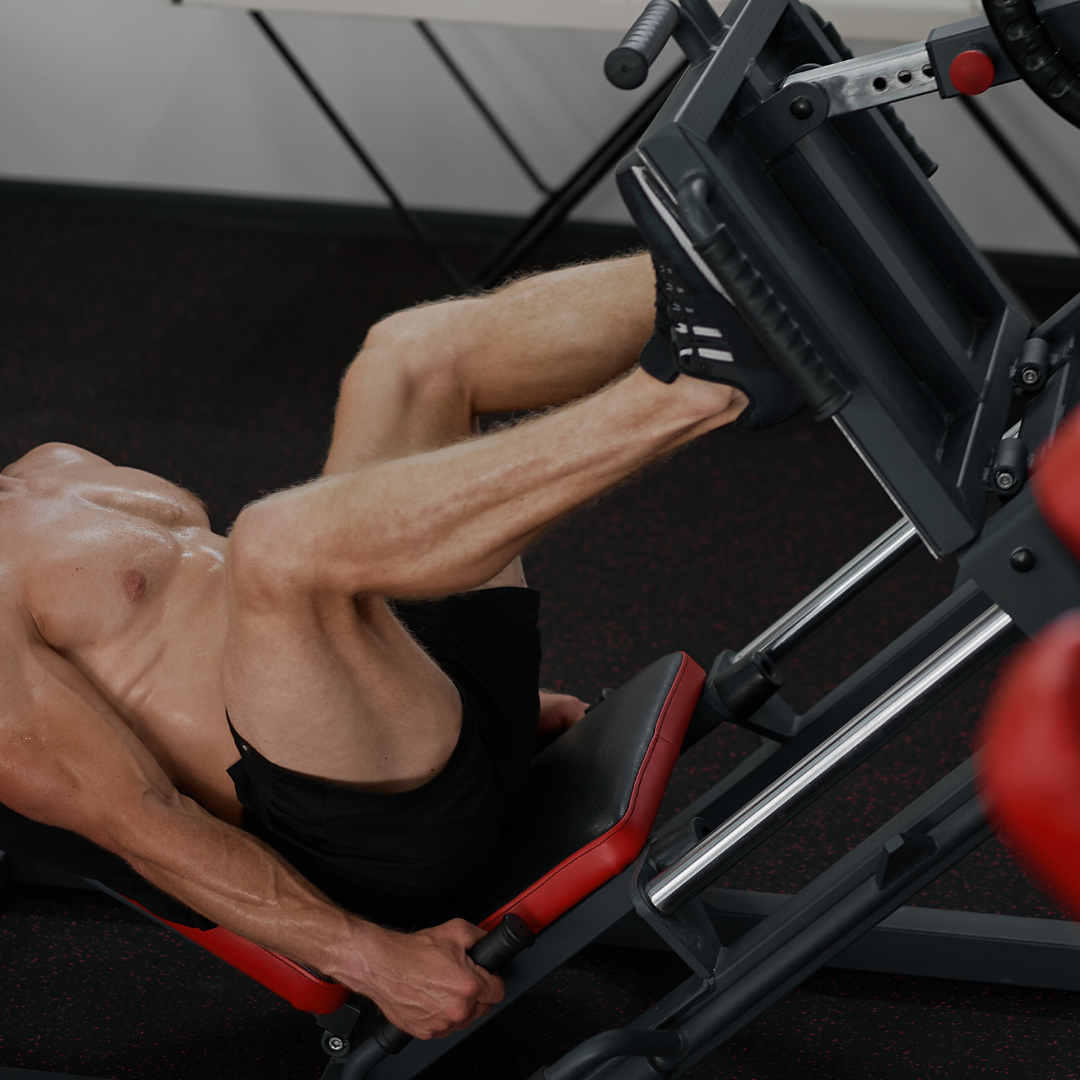What Is Irisin?
Irisin, often called the “exercise hormone,” is a myokine — a type of hormone released by muscles during physical activity. First discovered in 2012 by researchers at Harvard University, irisin is produced when the FNDC5 gene is activated by PGC-1α, a master regulator of energy metabolism.
Once released, irisin circulates through the body and triggers several beneficial effects:
• Converts white fat into brown fat, which burns more calories at rest.
• Improves insulin sensitivity and glucose metabolism.
• Supports brain health by enhancing neuron growth and reducing inflammation.
• Plays a role in muscle recovery and energy regulation.
In short: the more active your muscles, the more likely your body is producing irisin.
Sources:
• Harvard Medical School: Discovery of the “exercise hormone” irisin
• National Library of Medicine: Irisin, a novel myokine
⸻
How Exercise Boosts Irisin
Research shows that both aerobic and resistance training can increase circulating irisin levels. However, intensity and muscle activation seem to be key factors.
Irisin levels often spike immediately after exercise, then gradually return to baseline. Over time, consistent training can improve your body’s ability to release this hormone efficiently.
⸻
Exercises that boost Irisin
1. High-Intensity Interval Training (HIIT)
HIIT workouts — short bursts of intense effort followed by rest — are among the most effective ways to trigger irisin release.
Studies show irisin levels rise sharply after high-intensity intervals, especially when heart rate and oxygen demand are high.
Example HIIT Routine:
• 30 seconds sprint or burpees
• 60 seconds rest
• Repeat 8–10 rounds
Why it works: Intense muscle contractions activate PGC-1α, directly stimulating irisin production.
Reference:
• Journal of Clinical Endocrinology & Metabolism (2014): “Acute exercise increases circulating irisin levels independent of training status.”
⸻
2. Resistance Training (Weightlifting or Bodyweight)
Lifting weights or using your own bodyweight engages large muscle groups and creates metabolic stress — another strong trigger for irisin.
Example Exercises:
• Squats
• Deadlifts
• Pull-ups
• Push-ups
• Lunges
Programming tip: Compound lifts (using multiple joints and muscles) release more myokines, including irisin, than isolation movements.
Reference:
• Diabetology & Metabolic Syndrome (2017): Resistance training increases irisin and improves insulin sensitivity.
⸻
3. Aerobic Endurance Exercise
Steady-state cardio — like jogging, swimming, or cycling — also boosts irisin, especially when done for 30–45 minutes at moderate-to-high intensity.
Example Activities:
• Running
• Rowing
• Cycling
• Elliptical training
Why it works: Continuous aerobic activity increases oxygen demand and muscle contraction frequency, both of which elevate irisin temporarily.
Reference:
• Frontiers in Physiology (2021): Aerobic exercise enhances irisin release and promotes “browning” of fat tissue.
⸻
4. Circuit Training (Hybrid Workouts)
Combining cardio and resistance moves keeps your heart rate high while engaging multiple muscle groups — the perfect recipe for hormonal activation.
Sample 20-Minute Circuit:
1. Jump squats – 45 sec
2. Push-ups – 45 sec
3. Kettlebell swings – 45 sec
4. Row or mountain climbers – 45 sec
5. Rest – 60 sec
Repeat 3–4 rounds
Why it works: Circuit training provides the dual benefits of HIIT and resistance work, maximizing total irisin output per session.
⸻
5. Sprint or Plyometric Training
Explosive, power-based exercises like sprinting or jump training activate fast-twitch fibers — which have a higher capacity to release irisin.
Example Exercises:
• Sprint intervals (100–200 m)
• Box jumps
• Jump squats
• Power cleans
Reference:
• Journal of Sports Medicine (2022): High-intensity, short-duration exercise induces larger acute increases in irisin compared to moderate intensity.
⸻
Lifestyle Factors That Support Irisin Production
Beyond exercise, these lifestyle choices can help maintain a healthy hormonal environment:
• Sleep 7–9 hours per night: Poor sleep reduces myokine release.
• Eat enough protein: Muscles need amino acids to support growth and recovery.
• Stay hydrated: Muscle contraction efficiency drops with dehydration.
• Manage stress: Chronic cortisol can blunt exercise-induced hormonal responses.
⸻
Key Takeaways
• Irisin is a muscle-derived hormone that promotes fat-burning, insulin sensitivity, and cognitive health.
• The most effective ways to increase it naturally are HIIT, resistance training, and aerobic exercise.
• Exercise intensity, duration, and muscle recruitment all influence how much irisin is released.
• Think of irisin as one part of your body’s natural cascade of beneficial exercise hormones — not a standalone miracle molecule.
⸻
References
1. Boström P. et al. (2012). Cell Metabolism, 15(6): 882–895.
2. Daskalopoulou SS. et al. (2014). J Clin Endocrinol Metab, 99(11): E2154–E2159.
3. Al-Daghri NM. et al. (2016). Lipids in Health and Disease, 15(1): 177.
4. Qiu S. et al. (2021). Frontiers in Physiology, 12: 620608.
5. Fox J. et al. (2018). Metabolism Clinical and Experimental, 83: 221–230.
Read more

Discover why the push pull legs workout plan is one of the best training splits for building strength, muscle, and endurance. Learn how it works, benefits, and tips for maximizing results.

Introduction If you’ve ever wondered why some people lift heavy for a few reps while others chase the burn with higher reps—welcome to the classic hypertrophy vs strength training debate.Both build...

